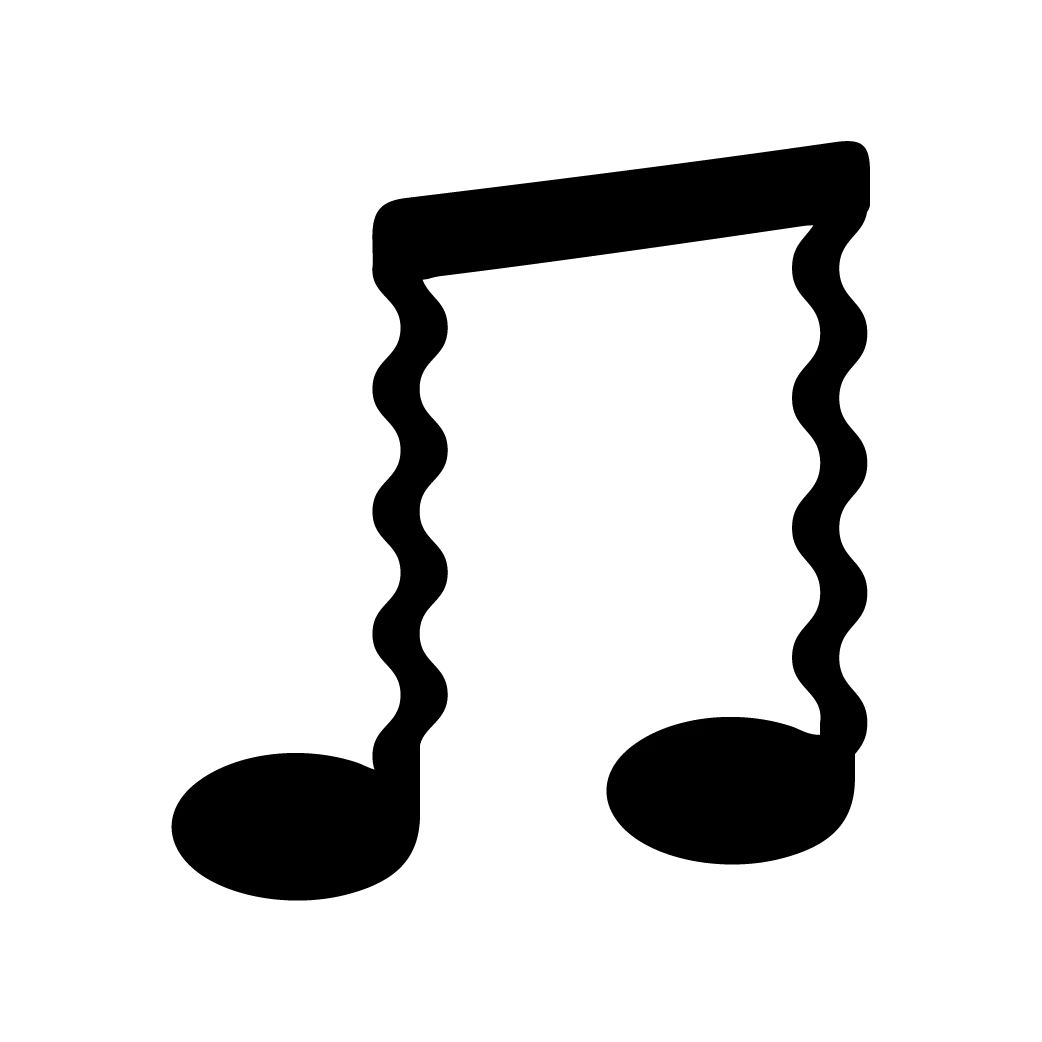Bunny in the Beats: “Virgin”
New Zealander songstress Lorde returns with a bang for her fourth outing, “Virgin”, delivering an electronic and synth-pop sound reminiscent of her earlier records while proving a rawer, more mature side of her storytelling prowess. 8 out of 10 carrots.
Jul 8, 2025
In a return to form many have waited for since her acoustic folk pivot on Solar Power, the Aotearoa native returns to her roots with her latest diary entries on Virgin.
This new era sees Lorde re-embracing the electronic and synth-pop style that fans have long associated with her, best exemplified by its lead single “What Was That.” Accompanied by an unvarnished, amateur footage music video of the singer roaming New York City, the single underscores her shift away from the breezy island grooves of Solar Power toward a grittier, more urban sound that feels both fresh and still true to the carefree and Cadillacs-in-our-dreams energy that first put her on the map.
Bearing in mind the mixed public reception of her previous LP—where she took an unexpected turn toward a more stripped-down and laidback sound, a stark contrast to the acclaim of her first two outings—Lorde has now made a decisive return to “big pop anthems”.
It’s immediately seen in “Shapeshifter” and “Broken Glass,” where the hard-hitting beats are unmistakably reminiscent of her debut Pure Heroine’s crisp electronic textures. However, beyond these moments, the album quickly veers into far rawer territory—sonically and emotionally, most evident in her vocal stylings which feel more exposed, unfiltered, and poignant than she has ever been.
You could even say that this is Lorde at her most emboldened. As she traverses through varying subjects—from gender identity to her place in society as an adult woman in the modern age—Virgin captures the New Zealander at her rawest, while also being her roughest and, at times, most unsettling.
While the grit is largely appreciated, her bold creative choices on this album may read as messy as she brazenly laments the things that both plague and pleasure her, particularly showcased on the follow-up singles “Man of the Year” and “Hammer” consecutively. As for the underlying message audiences might take from the album, many may be surprised by just how disarmingly harrowing Lorde has become in this project.
Take songs like “Favorite Daughter” and closer “David,” where listeners are drawn into storytelling that feels as if Lorde is reading straight from her diary. There’s a quiet brilliance in how masterfully and skillfully she delivers these narratives of abstract distress, approached with a deliberate level of candor and intimacy—a sentiment that fans may even rejoice in due to its varying similarities to songs on Melodrama like “Liability” and “Writer In The Dark.”
And it doesn’t get more glaringly visceral than an acapella track like “Clearblue” that is built on nothing but echoing layered harmonies on a candid account of her pregnancy scare— addressed head-on with the poignant opening line, “After the ecstasy, testing for pregnancy, praying in MP3.” This sets the tone for an album that isn’t aiming to break entirely new ground, but rather to serve as a thematic and abstract exploration of both her creative and life journey that is unapologetic in both its intent and execution.
While Lorde remains true to her unconventional approach to pop—arguably even more so than on Solar Power and certainly with the utmost skill and prowess at every turn as ever—the abstract and often abrasive nature of this album may prove a harder pill to swallow for most, but not for the fans that stanned her for her bold choices.


















